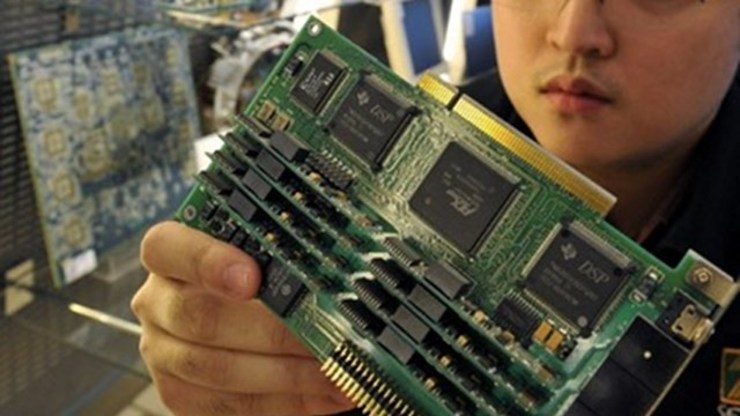SUMMARY
This is AI generated summarization, which may have errors. For context, always refer to the full article.

MANILA, Philippines – The growth of Philippine imports growth contracted to 2.6% in September, the National Economic and Development Authority (NEDA) said.
But NEDA is optimistic that the 2014 imports growth will remain positive.
A 1.3%-decline in merchandise imports was recorded in August, attributed to a decline in spending for imported raw materials, intermediate goods, and mineral fuels and lubricants.
For the first 3 quarters of 2014, total imports increased by 3.4% to $48.1 billion from $46.5 billion a year ago.
With faster growth in exports at 9.9%, the trade-in-goods deficit from January to September 2014, significantly narrowed to $1.5 billion from $4.1 billion in the same period in 2013.
The overall growth trend of imports remains anchored on the general sentiment of the economy for the period, Socioeconomic Planning Secretary Arsenio M. Balisacan said in a statement.
To date, the current quarter outlook index for both consumer and business confidence are relatively weaker due to the seasonal weak demand and a slack in industrial production.
The total payments for imported goods fell to $5.6 billion in September 2014 from $5.7 billion in September 2013, the Philippine Statistics Authority (PSA) reported.
The imports of raw materials and intermediate goods was lower by 11% or $2.1 billion froe $2.4 billion in the same period in 2013.
“Still, imports are expected to pick up in the beginning of the fourth quarter in time for the holiday season,” Balisacan said.
Balisacan also said that the government is vigilant in logistical challenges in importing goods, attributed to the increased economic activity toward end-2014.
China still top source of merchandise imports
Total import payments for consumer goods rose by 17.3%, reaching $779.6 million in September 2014, from $664.4 million in September 2013. The sustained growth is attributed to increased household consumption.
The government, though, needs to closely monitor the successive decline in importing materials and accessories for the manufacturing of electronic equipment, Balisacan said.
“This could be a leading indicator of the country’s external prospects, especially in the exports of manufactured goods,” Balisacan added.
For August, electronics components – the country’s biggest dollar-earning commodity – fell 29.8% to $1.14 billion this year from $1.63 billion last year, the steepest drop since March 2012 when shipment fell 38.7%.
The downward trend in international prices, meanwhile, boosted the purchase of mineral fuels and lubricants, increasing from $978.1 million in September 2013, to $1.3 billion in the same period this year.
Balisacan noted that the anticipated low energy prices, particularly for crude oil, could be a promising support to the growing energy demand of the country in the short run.
“Both the government and the private sector could use the opportunity to acquire future oil contracts to maintain stability of power supply in the country while exploring and expanding alternative energy sources,” Balisacan added.
On November 18, the House panel on energy approved the resolution granting President Benigno Aquino III emergency powers to help abate the anticipated power shortage in the summer of 2015. The resolution is up for second reading at the plenary.
The country’s top source of merchandise imports for September is still China, with 14%-share to total imports bill of $781.0 million.
The second top source of merchandise imports for the period was Taiwan with 8.8%.
It was followed by the US at 8.6%; Japan, 7.7%; Republic of Korea, 7.6%; Singapore, 6.6%; Thailand, 6.3%; Indonesia, 5.3%; Malaysia, 4.6%; and Germany, 4.1%. – Rappler.com
Add a comment
How does this make you feel?
There are no comments yet. Add your comment to start the conversation.